
Xplor reconnects kids to nature and helps them find adventure in their own backyard. Free to residents of Missouri.


































Stay in Touch with MDC news, newsletters, events, and manage your subscription

Xplor reconnects kids to nature and helps them find adventure in their own backyard. Free to residents of Missouri.

A monthly publication about conservation in Missouri. Started in 1938, the printed magazine is free to residents of Missouri.
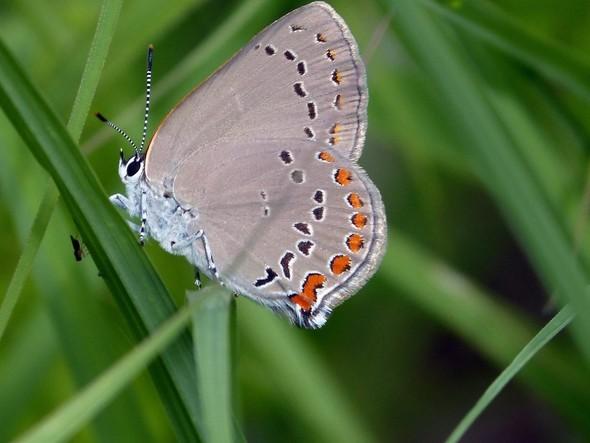
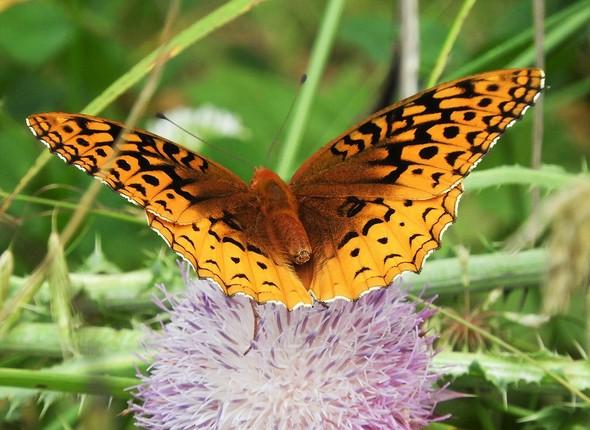
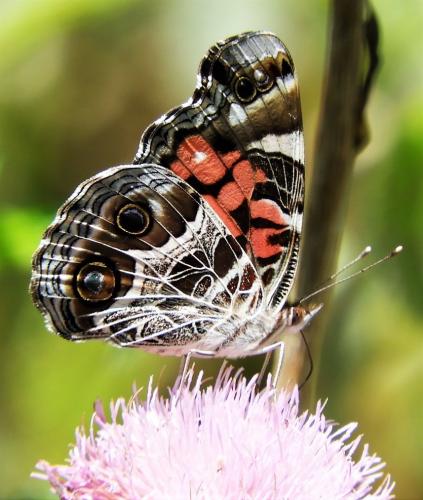
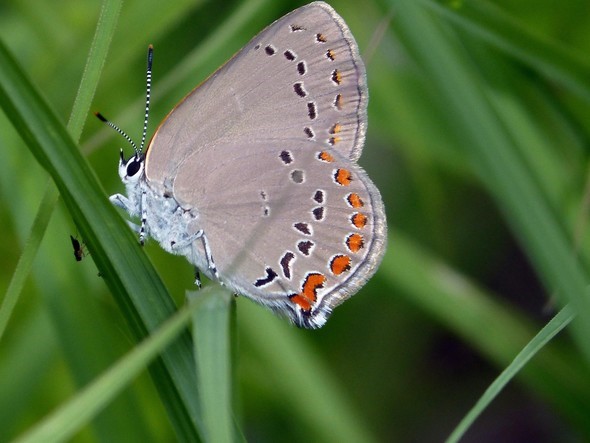
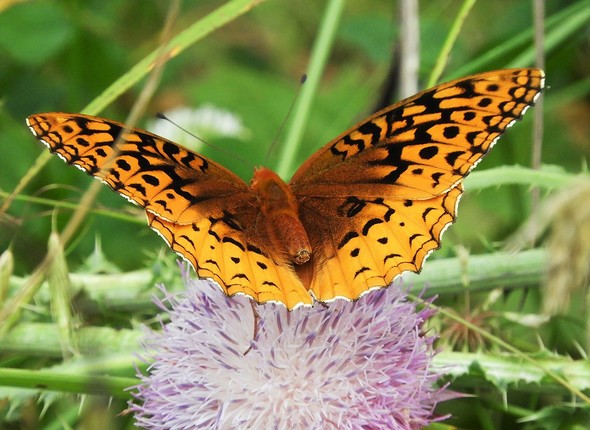
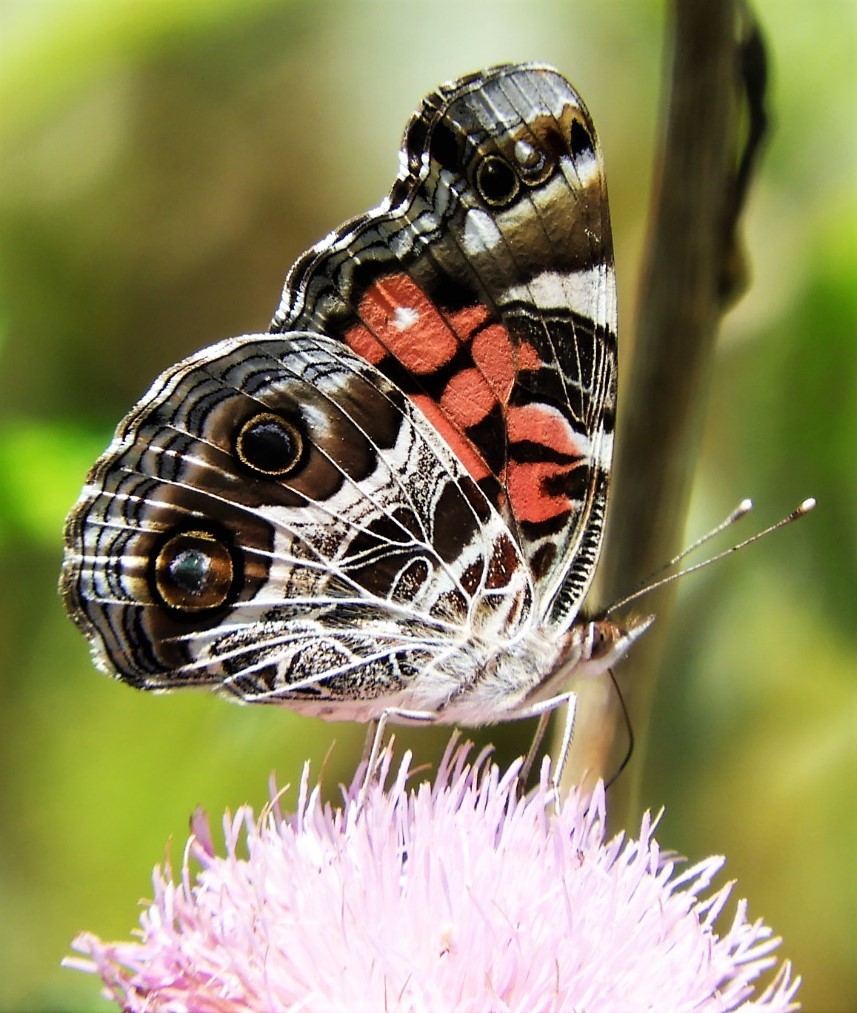
Cole Camp, Mo. – On a summer day, staff from the Missouri Department of Conservation (MDC) and volunteers fanned out with cameras and guide books to count delicate but fast-flying creatures that come in either bright colors or subdued hues. The team on June 24 counted 1,117 butterflies representing 43 different species at the Big Buffalo Creek Conservation Area in Benton and Morgan counties.
The Big Buffalo Creek watershed is a MDC priority geography where staff manages public lands and works with private landowners to boost the natural health of forests, streams, pastures, and woodlands. Butterflies are important for their beauty and their role in the ecosystem. They serve as both predators and prey, adults and caterpillars are an important food source for other animals, and they pollinate a wide variety of flowers. Butterflies are also indicators of a healthy diversity of native plants that host the eggs and caterpillars that become butterflies. Some species specialize in using specific plants for food and as hosts for reproduction.
“This survey gives us baseline data to see if butterfly diversity increases with better forest and watershed management over time,” said Krista Noel, a MDC natural history biologist who led the count team.
The finds ranged from larger butterflies such as the zebra swallowtail to the much smaller fiery skipper. Some, like the eastern tailed-blue, came in bunches found near puddles. While only one each was found of the orange sulfur and painted lady butterflies.
To make the count, 13 team members hiked on public lands and drove on roads near private property in the Big Buffalo Creek watershed. Team members searched for Lepidoptera, an order of insects that includes butterflies, moths, and the smaller skippers. Some team members searched along roadways. Others walked trails, and some tromped cross-country when good butterfly habitat was encountered. They covered 57 miles of paved and field roads and walked five miles of trails.
“The species we found were what you would expect from mostly woodland, forest, edge, and old field habitats,” Noel said.
Big Buffalo Creek is a clear, cool stream flowing in the area’s lowland. Forest covers steep hills and valley slopes, from lofty oaks to petite dogwood trees. A boggy fen with unusual sedges and flowers such as marsh coneflower adds diversity in one valley. MDC’s goal in a priority geography is to manage public lands and assist private landowner partners to maintain or restore healthy natural systems.
MDC across the state counts butterflies, plants, and creatures such as frogs or birds to monitor and protect the natural ecosystems that Missourians value for beauty and recreation.
To learn more about Missouri’s colorful butterflies and skippers, visit https://nature.mdc.mo.gov/discover-nature/field-guide/butterflies-and-skippers. For information about the 3,600-acre Big Buffalo Creek Conservation Area, visit https://short.mdc.mo.gov/ZZR. Information about MDC expertise and cost share opportunities for habitat projects on private land is at https://mdc.mo.gov/property.